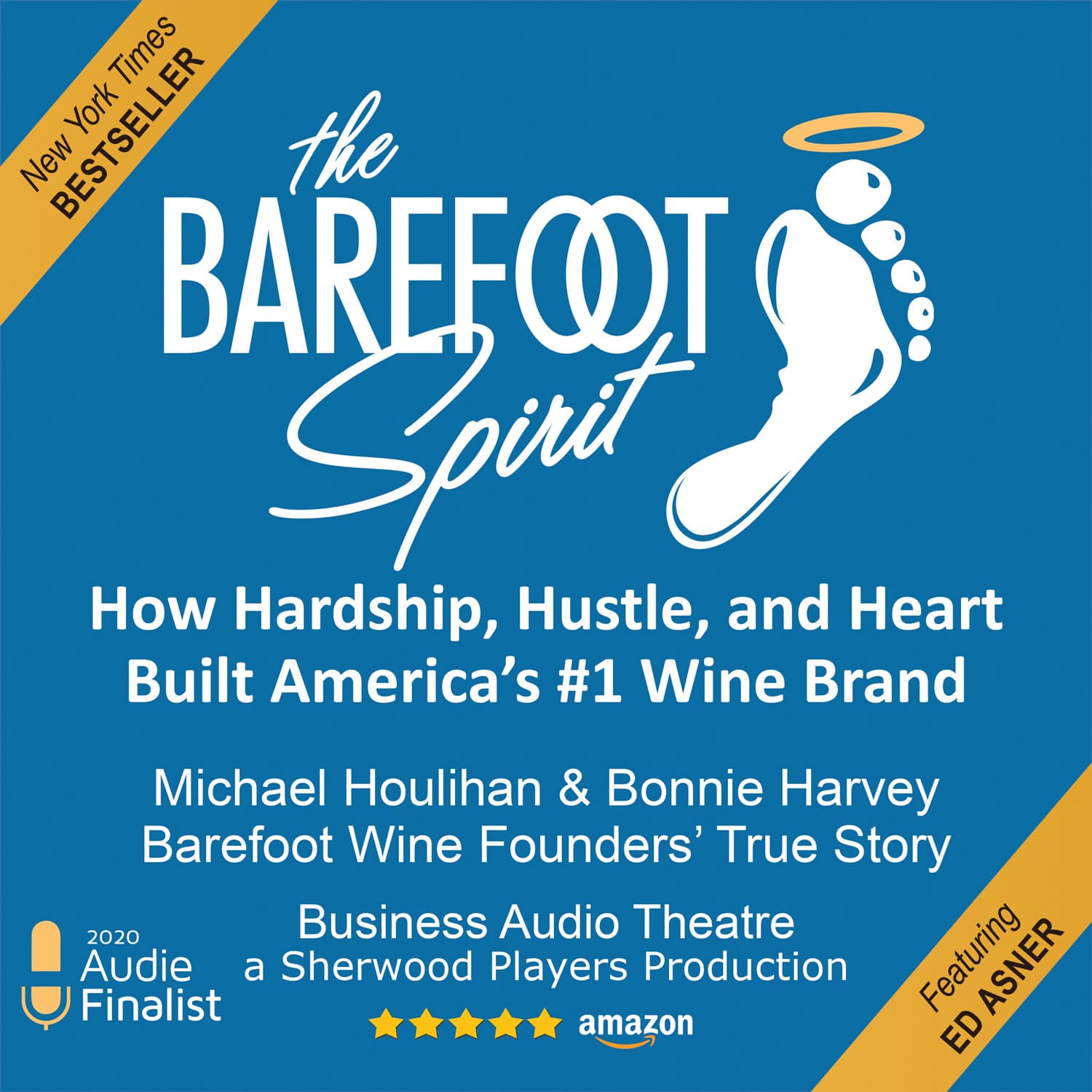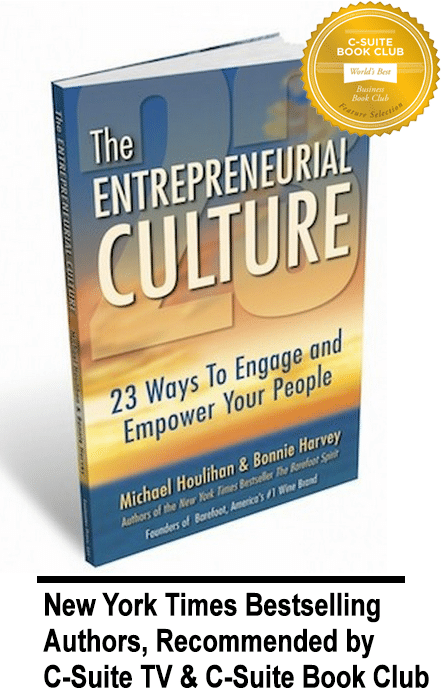
The answers were well thought out, professional, and involved the tactical and practical actions that students could take to avoid harm. We were reading the list of suggested tactics which included: drop everything and run; get into a classroom and block the door; and hide. But there was at least one thing that we think should’ve been added to the list: “Vote!”
We admire the students for refusing to be silenced about violence. But there are issues beyond gun-control that can make a difference. They have to do with the not-so-subtle ways that our children are influenced about the value of life itself.
Whether it’s the old time western shoot-em’-ups or gangster movies of the ‘40s and ‘50s, American movies have always been violent. People are shown being shot without a care.
But in the 80’s and 90’s things got even more bloody with a fascination for violence against teenagers in chain saw massacres and horror movies. Now the victims were innocent and young, not just the old “bad guys.”
Imagine being young and impressionable and being submitted to that kind of “entertainment.” How can movie actors walk with the student in protest, and then take money to perform in movies that cheapen life?
But wait! Then comes the video games that quickly go from Pac-Man to you-are-the-shooter. The games have become wildly popular with teenagers. This experience of easily blowing people away is now becoming available in virtual reality. Should we be surprised about the increased instances of violence when “reality” is in the name of the experience?
We were in our friendly neighborhood pizza parlor last week. It’s just a couple blocks from our local high school. Video games were screening and screaming. They were vying for teenage attention, shooting one person after another, without consequence, and the player was pulling the trigger.
Then comes the constant news feeds that are deliberately designed to get our attention with headlines that feature death and destruction and other threats to our lives. This comes to us daily on all platforms and inundates our young people with messages that de-value life.
We’ve all heard that most young people know that this is all “fantasy” and that they can easily distinguish this from “reality.” But what about the mentally depressed, isolated, and psychologically imbalanced? They are constantly and visually exposed to this violent avenue to demonstrate their frustration.
What about the impressionable, unstable, and risk tolerant aspects of the still -developing teenage brain? And what about the reduction in mental health funding? Now let’s add to that the “copycat factor,” and you have a real “hot mess!”
Certainly, reducing easy access to firearms is a big part of the answer. Invoking parental responsibility can significantly reduce the instances of school shootings and other atrocities.
But don’t we have a responsibility to hold the entertainment and video game industry to task as well? We’re not advocating censorship, just good judgement and sensitivity. When entertainment producers deliberately go after teenage dollars with violence that diminishes the value of life, shouldn’t their actions be subject to public scrutiny? We think it’s hypocritical to stand with the students while making money depicting violence and devaluing life.
We work with students every day. Many of our events are in schools. We owe it to them to speak out against this ominous trend in teenage “entertainment.” Let’s show them why life is precious. Let’s get them into the parks. Let’s show them the wonders of nature. And let’s teach the values of empathy over enmity. Let’s all agree to set good examples for others to follow, especially our youth whom we know emulate what they see.
Who We Are

Michael Houlihan and Bonnie Harvey co-authored the New York Times bestselling business book, The Barefoot Spirit: How Hardship, Hustle, and Heart Built America’s #1 Wine Brand. The book has been selected as recommended reading in the CEO Library for CEO Forum, the C-Suite Book Club, and numerous university classes on business and entrepreneurship. It chronicles their humble beginnings from the laundry room of a rented Sonoma County farmhouse to the board room of E&J Gallo, who ultimately acquired their brand and engaged them as brand consultants. Barefoot is now the world’s largest wine brand.
Beginning with virtually no money and no wine industry experience, they employed innovative ideas to overcome obstacles, create new markets and forge strategic alliances. They pioneered Worthy Cause Marketing and performance-based compensation. They built an internationally bestselling brand and received their industry’s “Hot Brand” award for several consecutive years.
They offer their Guiding Principles for Success (GPS) to help entrepreneurs become successful. Their book, The Entrepreneurial Culture: 23 Ways To Engage and Empower Your People, helps corporations maximize the value of their human resources.
Currently they travel the world leading workshops, trainings, & keynoting at business schools, corporations, conferences. They are regular media guests and contributors to international publications and professional journals. They are C-Suite Network Advisors & Contributing Editors. Visit their popular brand building site at www.consumerbrandbuilders.com.
To make inquiries for keynote speaking, trainings or consulting, please contact sales@thebarefootspirit.com.






